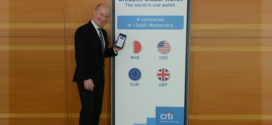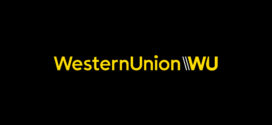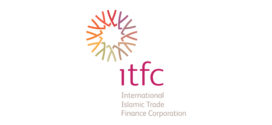29 September 2015
 The International Chamber of Commerce (ICC) has released the results from its 2015 Global Survey on trade finance – highlighting the impact of the trade finance gap on SMEs, the impact of regulation on correspondent banking, as well as positive trade finance trends, particularly with regards to export finance
The International Chamber of Commerce (ICC) has released the results from its 2015 Global Survey on trade finance – highlighting the impact of the trade finance gap on SMEs, the impact of regulation on correspondent banking, as well as positive trade finance trends, particularly with regards to export finance
Small- and medium-sized enterprises (SMEs) are among the hardest-hit by the trade finance gap, reports the Global Survey on trade finance, released today by the International Chamber of Commerce (ICC) Banking Commission. The Survey received 482 responses from 112 countries around the world and showed that SMEs account for nearly 53% of all rejected trade finance transactions. By contrast, 79% of the trade finance transactions for larger corporates are accepted.
The trade finance gap is highlighted throughout the Survey – citing compliance as a chief barrier to trade finance. Nearly 46% of the banks surveyed terminated correspondent relationships due to the cost or complexity of compliance, while 70% of respondents reported declining transactions due to AML/KYC requirements. Furthermore, the percentage of respondents citing anti-financial crimes compliance requirements as a significant impediment to trade finance has increased from 69% last year, to 80% in this year’s Survey. This trend is expected to continue, as nearly all (93%) of respondents expect compliance requirements to increase during 2015.
“The Global Survey works as a snapshot of market trends – allowing us to compare progress from previous years and gauge global expectations,” said Vincent O’Brien, Chair of the ICC Banking Commission Market Intelligence. “This year that snapshot has highlighted the severity of the trade finance gap – which continues to be impacted by regulation, despite the low-risk nature of trade finance – and particularly its impact on SMEs. This is crucial given SMEs constitute over 95% of all firms and account for approximately 60% of employment worldwide.”
The results from the Survey do also show some positive trends in trade finance. Around 63% of respondents reported an increase in overall trade finance activity, with 61% of banks stating they have increased their capacity to meet trade finance. What’s more, 25% of respondents to the Global Survey on trade finance consider trade instruments supporting trade as involving more than 75% less inherent risk than conventional lending.
The results from the Global Survey also reflected positively on export finance, with 79% of respondents in the industry claiming it remains a profitable business. The industry also observed a significant decrease in pricing, and even more so, fees in 2014.
“While the trade finance industry is certainly facing challenges, and the trade finance gap is a clear issue, the results from the Global Survey on trade finance show that it is not all doom and gloom,” added Mr O’Brien. “The financial landscape is recognizing the importance of trade and, in addition to banks stating they have increased capacity to meet trade finance, we have an array of alternative lenders – such as specialist financiers, export credit agencies, and multilateral development banks – stepping up to fill the trade finance gap.”
Omar Khan, Director, International Offices, Dubai Chamber said: “The Survey has provided a comprehensive and insightful analysis of the major trends influencing the past, current and future of the trade finance industry. These insights are relevant more than ever as we see the dynamics in global trade and finance change, with the EU facing some troubled time and the rise of economies of Asia and Africa. This Survey also looks into the realm of Islamic finance, which is important not only to this region, but to the rest of the world as well, with the value of assets in Islamic finance sector expected to increase by 80% to reach USD 3.24 trillion in 2020.”
 Cash And Trade Magazine For Cash and Trade professionals in the Middle East
Cash And Trade Magazine For Cash and Trade professionals in the Middle East




